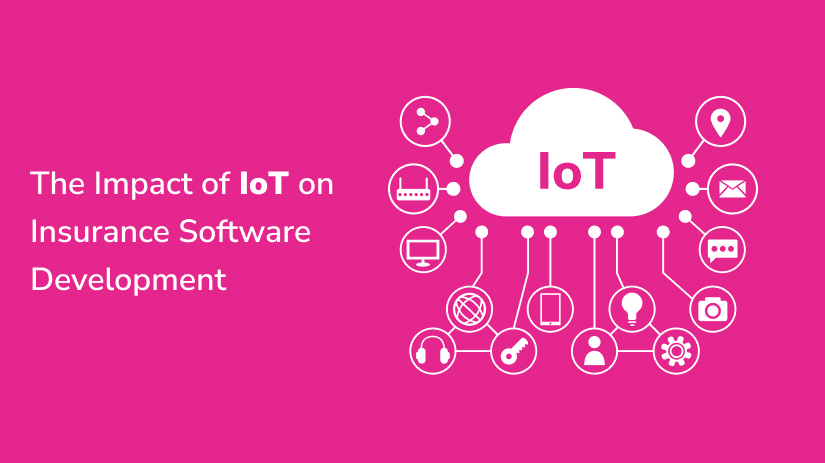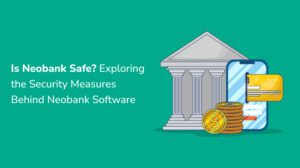The Internet of Things (IoT) is revolutionizing numerous industries and insurance is no exception. As IoT devices become increasingly prevalent, the data they generate offers unprecedented opportunities for insurers to innovate and enhance their offerings.
This blog explores the impact of IoT on insurance software development, delving into how this technology is shaping the future of insurance mobile app development and the broader landscape of digital transformation in the industry.
Let’s Start!!
The Role of IoT in Insurance
IoT refers to the interconnected network of devices that collect and exchange data. In the insurance sector, these devices range from telematics in vehicles to smart home sensors and wearable health monitors.
The data generated by these devices provides insurers with real-time insights into risk, behavior, and environmental conditions, enabling more personalized and proactive services.
Enhanced Risk Assessment and Management
Traditionally, insurers have relied on historical data and statistical models to assess risk. IoT devices, however, provide real-time data, allowing for more accurate and dynamic risk assessment.
For instance, telematics devices in vehicles monitor driving behavior, enabling insurers to offer usage-based insurance (UBI) policies that reward safe driving.
Similarly, smart home sensors can detect issues such as water leaks or fire hazards, allowing homeowners to mitigate risks before they escalate.
Connect with us for Fintech Development Needs
Trusted by companies like Plaid, Yodlee, Codat.
Personalized Insurance Products
IoT data facilitates the creation of personalized insurance products tailored to individual behaviors and preferences. Insurance software development teams can leverage this data to design flexible policies that adapt to changing circumstances.
For example, wearable health monitors can provide data on an individual’s fitness and health, enabling insurers to offer customized health insurance plans. This level of personalization not only enhances customer satisfaction but also promotes healthier lifestyles and safer practices.
Implications for Insurance Software Development
The integration of IoT into insurance processes necessitates significant advancements in insurance software development. Developers must create sophisticated platforms capable of processing and analyzing vast amounts of data in real-time.
Data Integration and Analytics
One of the primary challenges in insurance software development is integrating data from various IoT devices into a cohesive platform. This requires robust data analytics capabilities to process and interpret the information, providing actionable insights for insurers.
Utilizing advanced algorithms and machine learning, insurance software can predict potential risks and suggest preventive measures, thereby improving the overall efficiency of risk management.
Security and Privacy Concerns
With the influx of data from IoT devices, ensuring data security and privacy becomes paramount. Insurance software development must prioritize the implementation of stringent security protocols to protect sensitive information.
Compliance with regulations such as GDPR and CCPA is essential to maintain customer trust and avoid legal repercussions.
Connect with us for Fintech Development Needs
Trusted by companies like Plaid, Yodlee, Codat.
Mobile App Development
The proliferation of IoT devices has also spurred the demand for comprehensive insurance mobile app development. Mobile apps serve as a conduit for real-time data exchange between insurers and policyholders.
Through these apps, customers can monitor their insurance coverage, file claims, and receive alerts about potential risks. For developers, this means creating user-friendly, secure, and efficient apps that seamlessly integrate with various IoT devices.
Leveraging Ruby on Rails for Development
Ruby on Rails (RoR) is an ideal framework for developing robust insurance software solutions. Its simplicity, flexibility, and extensive libraries make it a preferred choice for insurance software development.
RoR consultants can help insurance companies build scalable and efficient platforms that leverage IoT data to enhance service delivery and customer engagement.
IoT and Fundraising Software Companies
The intersection of IoT and insurance also presents opportunities for fundraising software companies. Insurtech startups leveraging IoT need capital to develop innovative solutions and expand their market reach.
Fundraising software can streamline the process of securing investments, providing tools for campaign management, donor tracking, and compliance.
Attracting Investors
IoT-driven insurtech solutions have significant potential to attract investors looking for disruptive technologies.
Fundraising software companies can assist these startups by offering platforms that highlight their unique value propositions, showcase their technological capabilities, and manage investor relations efficiently.
Conclusion
The impact of IoT on insurance software development is profound, driving the industry toward more accurate risk assessment, personalized policies, and enhanced customer engagement.
As insurance companies embrace IoT, they must invest in advanced software development, robust data analytics, and secure mobile app development to fully realize the potential of this technology.
Collaborating with expert Ruby on Rails consultants can further streamline the development process, ensuring scalable and efficient solutions.
For insurtech startups, leveraging fundraising software can be crucial in attracting the necessary capital to innovate and grow.
By embracing IoT and investing in cutting-edge software solutions, the insurance industry can significantly enhance its service offerings, providing greater value to customers and staying ahead in a rapidly evolving market.
Happy Insuretech Development!
Connect with us for Fintech Development Needs
Trusted by companies like Plaid, Yodlee, Codat.





